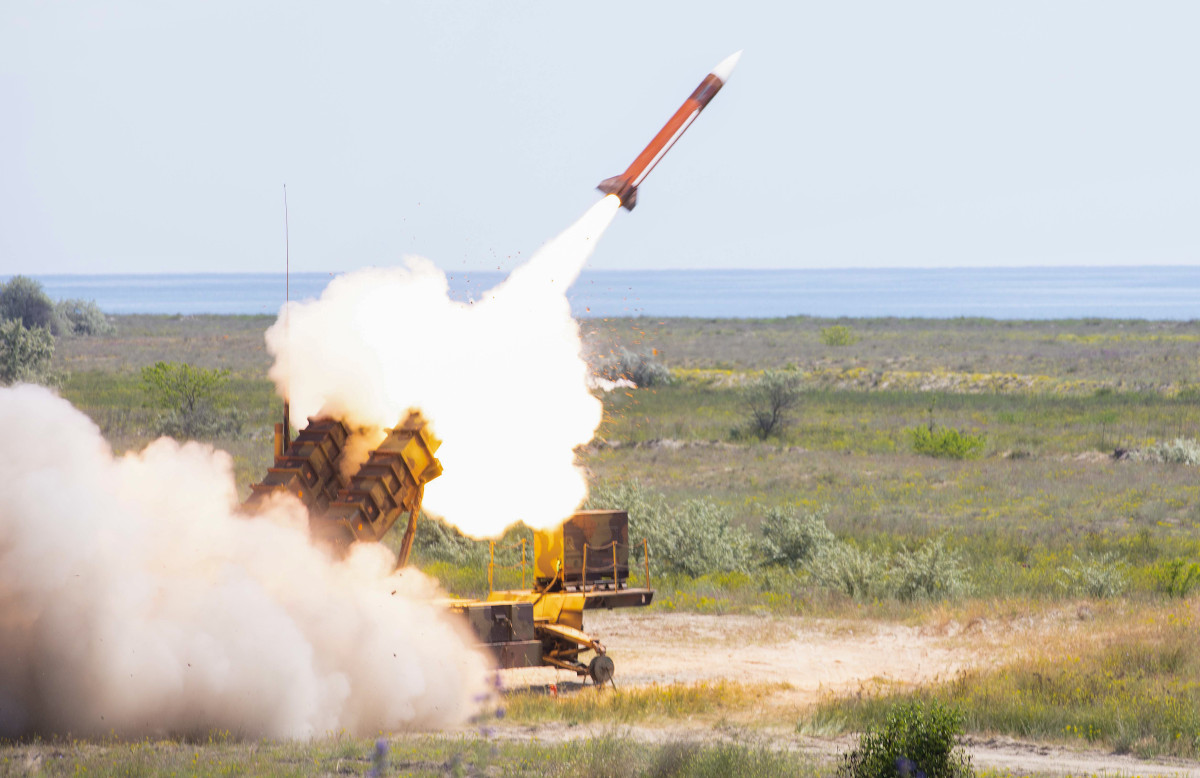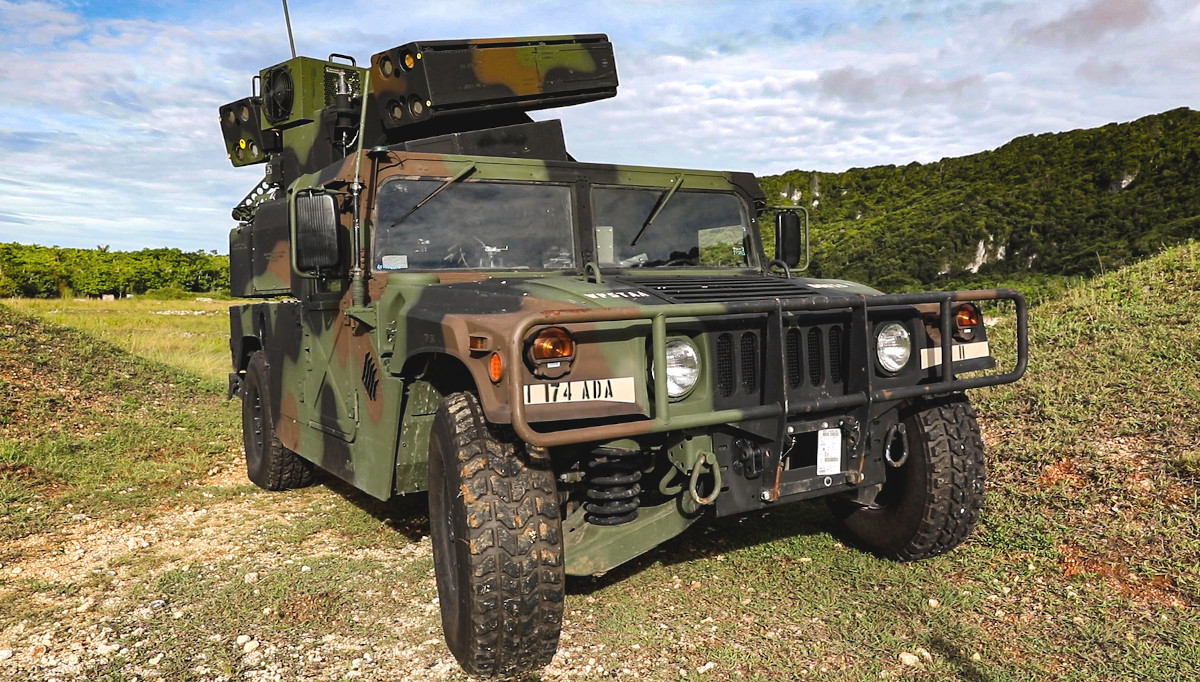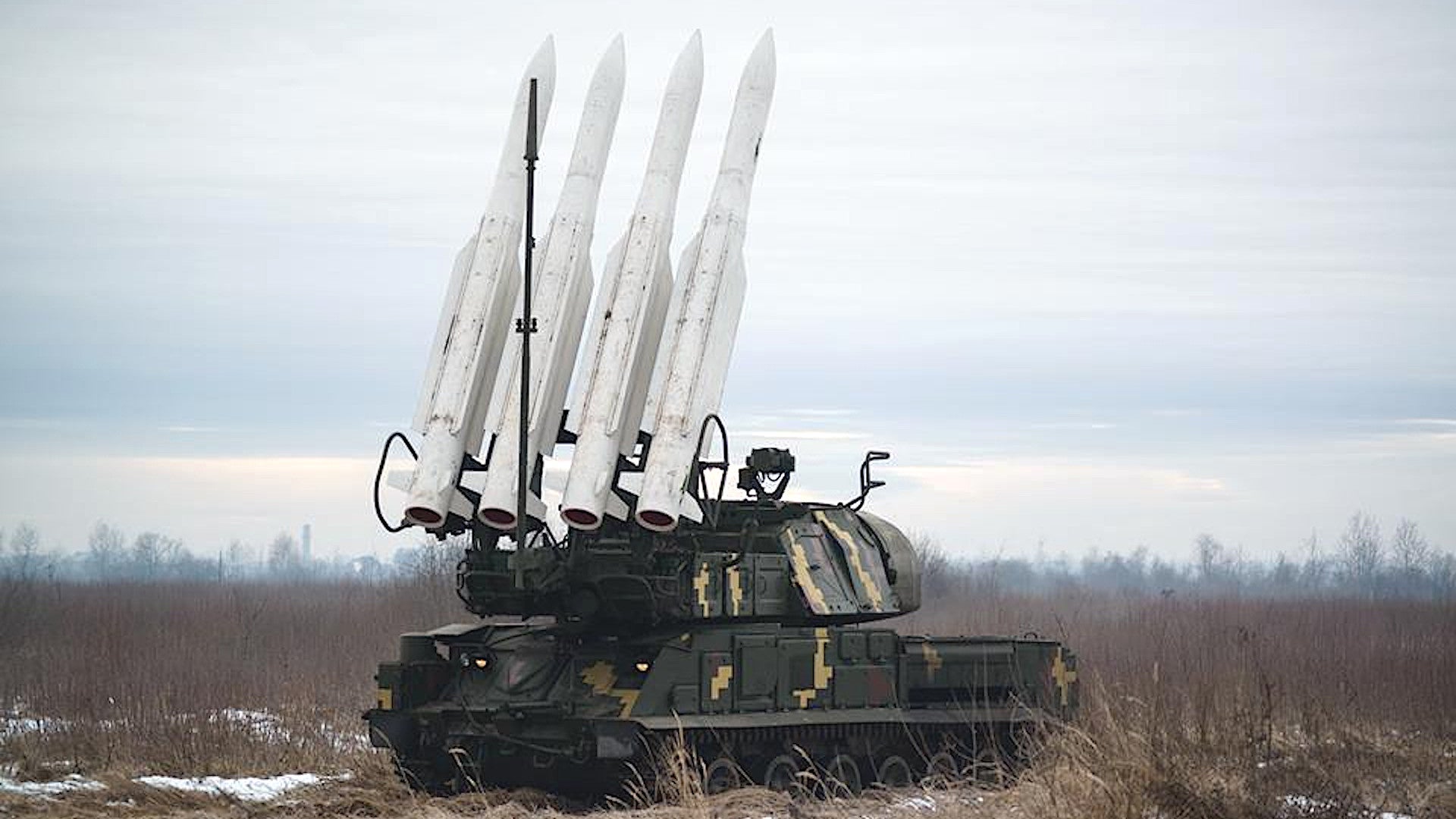A small Department of Defense team recently returned from Ukraine after a trip to that country to discuss and evaluate its air and missile defense needs. This comes as Ukrainian officials continue to warn that Russia could be just weeks away from launching a new major military intervention against their country, which might involve a flurry of air and missile strikes that they currently have relatively limited capabilities to defend against.
Pentagon Press Secretary John Kirby mentioned the team’s return at a press conference earlier today, but did not have any further details to share about the results of the trip. Air Force Magazine, citing a senior Ukrainian defense official, reported that the team was on the ground earlier this month, but is not entirely clear when they first arrived. The group was also in the country to discuss Ukraine’s ability to respond to Russian naval, electronic warfare, and cyber warfare threats, not just air and missile defenses, according to that outlet.
Air and missile defense capacity has been a growing point of concern for Ukraine vis a vis Russia since 2014. That year, the Kremlin seized the Crimean Peninsula from the government in Kyiv and subsequently began actively supporting ostensibly local “separatist” groups, which all have significant ties to Russian intelligence agencies, in Ukraine’s eastern Donbass region.
Since then, the Ukrainian government has worked to bolster its capabilities with an eye toward deterring further Russian encroachment, or at least being able to better respond to it should it occur. While there had been some efforts to increase the country’s air and missile defense capabilities, as well as its own fleets of combat aircraft and longer-range missiles, the Ukrainian military still relies mostly on aging Soviet designs and refurbished and modernized derivatives thereof.

“We have a well-developed and a powerful land force,” Ukrainian Minister of Defense Oleksii Reznikov said at a press conference during a visit to Washington, D.C. in November. “The need is an air defense and missile defense.”
There have been reports for weeks now that President Joe Biden’s administration has been actively engaged in discussions with Ukrainian officials about what air and missile defense capabilities the U.S. government might be able to provide in the near term. Media reports have regularly talked about Patriot surface-to-air missile systems, as well as Stinger shoulder-fired heat-seeking surface-to-air missiles, also known as man-portable air defense systems (MANPADS), as potential options. These same deliberations have reportedly covered other kinds of military assistance, including the potential transfer to Ukrainian forces of Mi-17 helicopters and other assets that previously belonged to the now-defunct Afghan National Defense and Security Forces, or were earmarked for them, but never delivered.
A significant hurdle in any such discussions is likely the U.S. government’s disinterest in deploying actual American troops to Ukraine on missions where they might be called upon to directly engage Russian forces. What this means is that simply sending things like U.S. Army Patriot batteries, which are in short supply to begin with, to the country is unlikely to be on the table at all.

Selling or otherwise transferring Patriots to Ukraine directly, something officials in Kyiv have previously expressed interest in, would almost certainly be a complex process legally and logistically. On top of that, Ukrainian forces have no experience with that system and would have to be trained to operate it effectively. All of this would take time, something that is in short supply in the current crisis, with Ukrainian and U.S. officials, among others, warning that a new Russian intervention could come as soon as January or February.
MANPADS like Stinger, many of which can also be fired by launchers mounted on light vehicles, would be easier for Ukrainian troops to become proficient with. American allies in Europe, such as Poland, produce more modern designs that are derived from Soviet-era systems that might be better suited to Ukraine’s needs, as well. At the same time, unfortunately, these shorter-range systems offer only point defense capabilities that could be of limited effectiveness by themselves against an onslaught of Russian aircraft and missiles. Even so, they would still impose a cost on the Kremlin.
“Even with weak air defenses, we can shoot down a couple aircraft,” an anonymous Ukrainian official told Air Force Magazine earlier this month. “How many casualties will they sustain?”

With nothing in American inventory air defense-wise between Patriot and Stinger, not counting the National Advanced Surface to Air Missile Systems (NASAMS) that the U.S. Army has arrayed around Washington, D.C., the U.S. military just has limited options when it comes to what it might be able to easily transfer or otherwise expedite the export of. Various American allies and partners do operate middle-tier surface-to-air missile systems that might be better suited to Ukraine’s current needs, or help them field a more comprehensive air and missile defense network. However, similar kinds of procedural, logistical, and training issues would still apply and limit the Ukrainian military’s ability to truly field any new systems.
The U.S. government could try to source additional Soviet-era systems of various kinds that Ukrainian forces do have more experience with from third countries, which could include any stockpiles of such weapons that might still remain in former Warsaw Pact countries that are now part of NATO.
These are all almost certainly the kinds of issues that the Pentagon team has been sent to discuss with Ukraine in the first place.
At the same time, as these discussions drag out, the sense of urgency is only likely to grow. American and Ukrainian officials have repeatedly stressed that there are no indications that Russian President Vladimir Putin has made a firm decision to launch a new major offensive against his neighbor. However, the Kremlin has deployed tens of thousands of ground troops near Russia’s borders with Ukraine and has postured itself to rapidly increase that number, as well as sustain all of these forces during extended combat operations. The Russian military is also regularly demonstrating its air and naval capabilities in the region. This included sending a pair of Tu-22M3 bombers on a patrol over neighboring Belarus, which is embroiled in a separate crisis with its European neighbors to the west, this weekend.

Last week, the Russian government also put out a pair of draft security agreements that included a list of impossible demands for the United States and NATO in order to defuse tensions with Ukraine. U.S. Senator Jim Risch, an Idaho Republican and the top member of his party on the Senate Foreign Relations Committee, derided the proposals as “trying to create a pretext for war.”
With all this in mind, the Pentagon team that recently went to Ukraine is undoubtedly aware of the importance of bolstering Ukraine’s air and missile defense capabilities and doing so as quickly as possible. At the same time, their conclusions and recommendations will have into account the various realities that limit what the U.S. government can realistically do in the near term.
Contact the author: joe@thedrive.com
